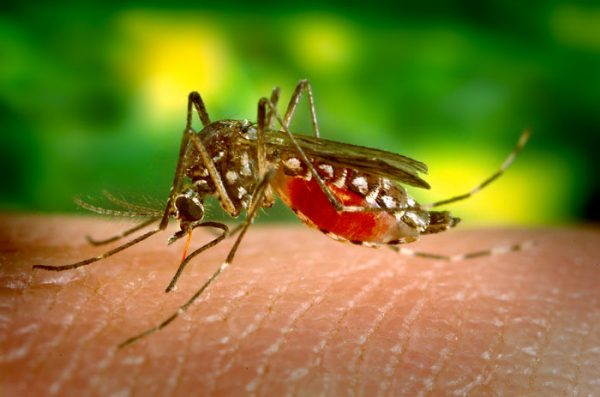The World Health Organisation (WHO) and its partners said in a statement issued on Wednesday that they would continue with programmes to kick against yellow fever outbreaks in Angola.
The first case which was reported in January 2016 appears to be declining, with no new cases confirmed in the last six weeks.
WHO said it expects more than 17 million additional people will be vaccinated in Angola and Democratic Republic of the Congo (DRC) before September.
“As both Angola and the DRC are endemic for yellow fever, sporadic cases simultaneously occurred during the outbreak in remote and rural areas.
“This has added to the existing logistical challenges.
“This includes ensuring that people in hard-to-reach areas have access to vaccination as well as creating infrastructure to keep vaccines at the right temperature until they are administered,” WHO said.
It said that as the outbreaks in the two countries occurred in dense, urban settings, they posed special challenges for the respective governments and responding partners and agencies, including WHO.
It noted that vaccination was the most important means of preventing the disease.
It said that prompt recognition and control of outbreaks using mass immunisation was critical for preventing epidemics in high-risk areas where vaccination coverage was low.
The statement also said that it was important to vaccinate most (80 per cent or more) of the population at risk to prevent transmission in a region with a yellow fever outbreak.
WHO speculated that the rise in yellow fever cases is due to the unusual severity of El Nino, which has led to a higher than usual density of the mosquitoes that transmit the disease.
Yellow fever is an acute viral haemorrhagic disease transmitted by infected Aedes mosquitoes.
Its symptoms include fever, headache, jaundice, muscle pain, nausea, vomiting and fatigue.
A small proportion of patients who contract the virus develop severe symptoms and approximately half of those die within seven to 10 days.

